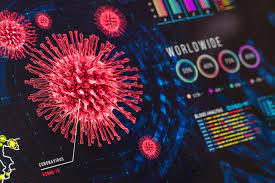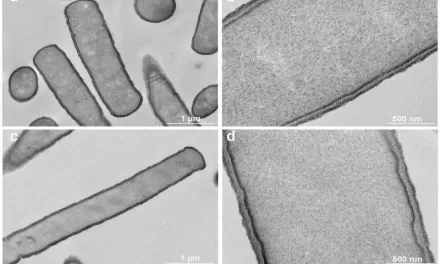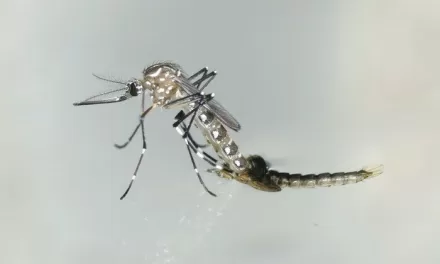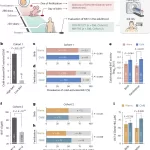In a groundbreaking study led by the German Cancer Research Center (DKFZ), a team of international researchers has uncovered a startling revelation: the existence of 40 previously unknown nidoviruses lurking in various vertebrates, from fish to rodents. Among these discoveries are 13 coronaviruses, shedding light on the potential for the sudden emergence of novel pathogens with pandemic potential.
The study, spearheaded by DKFZ’s group leader Stefan Seitz and in collaboration with Chris Lauber’s team from the Helmholtz Center for Infection Research in Hanover, utilized a novel computer-assisted analysis method to sift through nearly 300,000 datasets. This cutting-edge approach allowed researchers to identify previously undetected viruses, marking a significant advancement in virus research.
“Nidoviruses, characterized by their RNA genetic material, are widespread among vertebrates,” explains Stefan Seitz. “But what’s particularly striking is the propensity for genetic exchange between different virus species, especially in host animals simultaneously infected with multiple viruses.” This genetic recombination, occurring across family boundaries, can give rise to viruses with entirely new characteristics, potentially escalating their aggressiveness and ability to infect different host species.
Of particular interest is the discovery of changes in the spike protein, crucial for viral attachment to host cells. According to Chris Lauber, lead author of the study, these modifications can dramatically alter the virus’s behavior, enhancing its infectiousness and facilitating interspecies transmission. Such dynamics mirror the scenario believed to have led to the emergence of the SARS-CoV-2 coronavirus, which is thought to have originated in bats before jumping to humans.
The implications of these findings extend beyond virology, offering insights into virus-associated diseases such as cancer. Stefan Seitz highlights the potential of high-performance computing (HPC) in systematically identifying viruses implicated in carcinogenesis, emphasizing the importance of proactive surveillance in mitigating health risks.
As the world grapples with the ongoing COVID-19 pandemic, the discovery of these previously unknown viruses serves as a stark reminder of the ever-present threat posed by emerging infectious diseases. With the newfound ability to identify and monitor potentially dangerous virus variants, researchers hope to bolster global preparedness against future pandemics.
The study, titled “Deep mining of the Sequence Read Archive reveals major genetic innovations in coronaviruses and other nidoviruses of aquatic vertebrates,” underscores the critical role of collaborative, data-driven research in combating infectious diseases and safeguarding public health.












